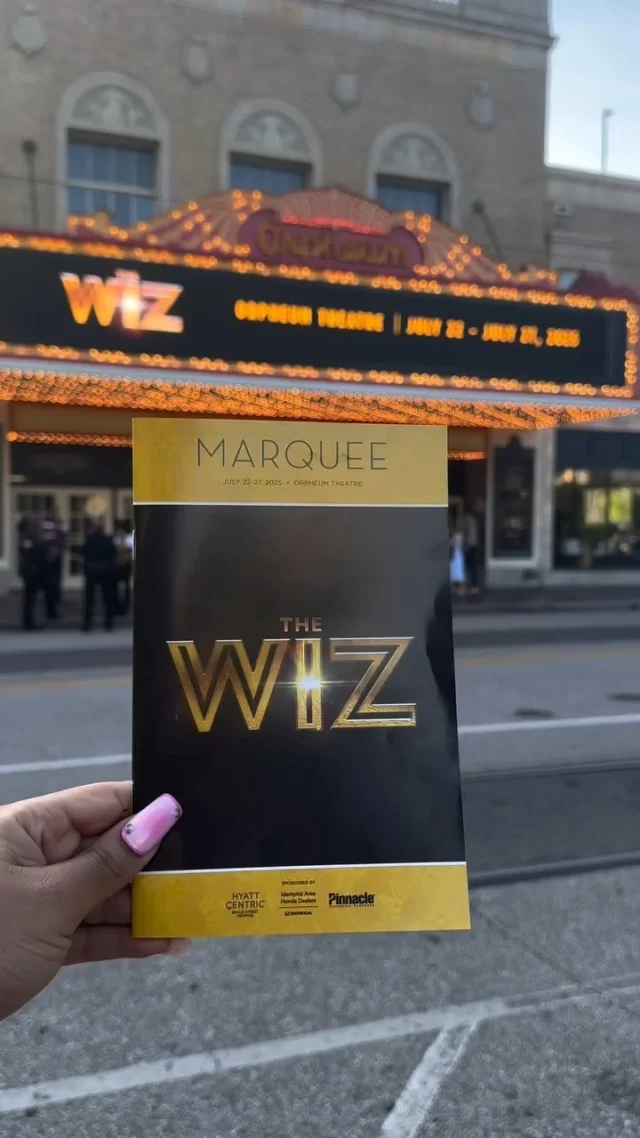A city in flux, the old and new co-exist in gritty, neon-filled Memphis. That’s especially evident in the food scene.
One of Memphis’s hottest new restaurants is in a century-old machine shop downtown. The historic brick building was part of a block-long complex that churned out parts for trolley cars, cotton farming equipment, and steamboats plying the Mississippi River.
It’s now home to Amelia Gene’s, a fine-dining destination serving nitrogen-infused cocktails, caviar-topped beignets, and Gulf prawns gussied up with chili crisp and calamansi dressing.
With its soaring ceilings, exposed steel beams and industrial vibes, the restaurant nods to the building’s past while offering modern, seasonal cuisine that’s a far cry from Memphis’s 100-plus barbecue joints. “It’s what downtown needs right now,” says executive chef Nate Henssler. “Not just barbecue, but a restaurant that could stand out in any city.”
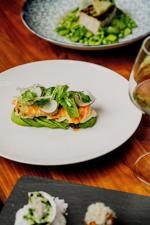
You could say Amelia Gene’s is a metaphor for Memphis. Tennessee’s second-most populous city is in the midst of reinventing itself yet again. Long-neglected parts of town are being revitalized. New playgrounds and trails at Tom Lee Park have made the riverfront more inviting. So-called Grind City is even developing something of a tech scene, with the announcement that the world’s largest supercomputer, to power Elon Musk’s AI startup, will be built here.
But as Memphis marches into the future, it’s not abandoning the past. Buildings that had seen better days have been repurposed into breweries, luxe apartments and trendy spots like the Central Station Hotel. The hip 123-room property boasts a vinyl record collection of nearly 40,000 songs; a listening lounge is tucked behind the lobby bar. The hotel also still functions as a train station. It’s a stop on Amtrak’s daily service between Chicago and New Orleans.
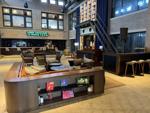
The old and new coexist in gritty, neon-filled Memphis. That’s especially evident in the food scene. For every buzzy restaurant opening, there’s a seasoned stalwart clinging to tradition. As a visitor, toggling between the two — the old and new — makes for a tasty trip to this city in flux.
Let’s kick off this dining rundown with a newbie: Kinfolk. With its long counter, wood panelling and mid-century globe lights, Kinfolk looks like it’s been serving breakfast and lunch for decades. But this cosy eatery in the Harbor Town neighbourhood debuted in March. “I really wanted a nostalgia feel,” says chef Cole Jeanes, a Memphis local.
His uber-buttery biscuits, a staple in many menu items, are based on his mom’s recipe. Something as simple as a bowl of oatmeal gets elevated with a topping of pecan pie butter and sea salt. “People are getting more creative,” Jeanes says about his culinary competition in Memphis. “It’s grown in the past five years like crazy.”
That evolution hasn’t come at the expense of institutions like the Four Way, a soul food landmark in South Memphis, opened in 1946. Fried catfish and turkey with cornbread dressing rank among the top sellers. The fried chicken gets my vote for best in the city. Don’t skip the tender yams and turnip greens. And stick the landing with some fluffy lemon meringue pie.
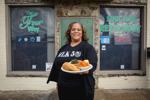
The Four Way is one of the few surviving restaurants once featured in the “Green Book,” a long-defunct travel guide that listed U.S. businesses deemed safe for Blacks to visit during the Jim Crow era of racial segregation. Faded photos of Dr. Martin Luther King Jr., a frequent Four Way customer back in the day, line the walls.
“There’s so much history here,” says Jerry Thompson. His wife, Patrice Thompson, owns the iconic eatery. “The food is good,” he adds, “because it’s made with love.”
Another time-tested establishment worth a visit: Gibson’s Donuts, which has been drawing a line out the door since the 1960s. Owner Don DeWeese estimates he sells at least 12,000 of his pillowy doughnuts a day, on average. That doesn’t count the ones he gives away. “If you’re a first-timer, we’ll throw you a free doughnut,” DeWeese says.

How do you know if someone’s a first-timer? “You can tell by the way they look and act,” he says, mimicking someone ducking their head to scrutinize the sweet treats behind the glass case. “I know it’s stupid to throw doughnuts, but it makes people laugh.”
Making people think — about where their coffee comes from, to be precise — is a goal of a much newer business in the Mitchell Heights neighbourhood. The husband-and-wife team behind Cxffeeblack is on a mission “to make coffee black again” by celebrating its African roots and making the industry more equitable.
They’ve created an all-Black coffee supply chain from Ethiopia to Memphis, where they sell their beans and brews at the Anti Gentrification Cxffee Club. “I’m an educator with a consumable curriculum,” says co-owner Bartholomew Jones, who plans to open a larger café and roastery a few doors down in the fall.

When it came time to open his first restaurant, classically trained chef Josh Mutchnick decided on Memphis. He and his wife, Emily Mutchnick, launched JEM — an acronym for Just Enjoy the Moment — in the up-and-coming Edge District earlier this year. Winning dishes on the globally inspired menu include kimchi arancini, 24-hour short-rib adobo, homemade gnocchi and a decadent chocolate cake.
Mutchnick honed his skills in Philadelphia and Washington, D.C., then spent nearly a decade working in some of Chicago’s best dining digs before venturing out on his own. “Memphis felt like the perfect place,” he says. “It has that energy, like it’s about to take off.”
Lori Rackl travelled as a guest of Memphis Tourism, which did not review or approve this article.
This article was originally featured at “thestar.com”
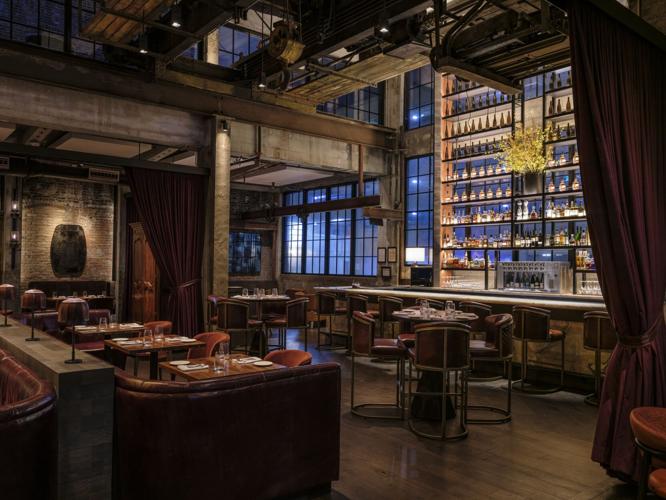





























![The countdown is ON, Memphis! We’re officially 30 days out from the @unitememphis 5K + 1-Mile Walk/Run—and this year, we’re stepping into unity on 901 Day 🙌🏽
📍 Monday, September 1 | National Civil Rights Museum
🕘 Start time: 9:01AM
🎶 Food, music & fun to follow
Whether you’re walking or running, this isn’t just a race—it’s a movement. And there’s no better time to join in than now. 👟✨
🎓 COLLEGE STUDENTS: Be one of the first 100 to register using your .edu email with promo code NEXTGENUNITE and your ticket is just $10 (that’s a $32 savings 👀). Limit 2 per person, so tell a friend!
Let’s walk. Let’s run.
Let’s #UniteMemphis 💛
🔗 [link in bio]](https://wearememphis.com/wp-content/uploads/sb-instagram-feed-images/526805187_18335272954206022_6056852028660485499_nfull.webp)
